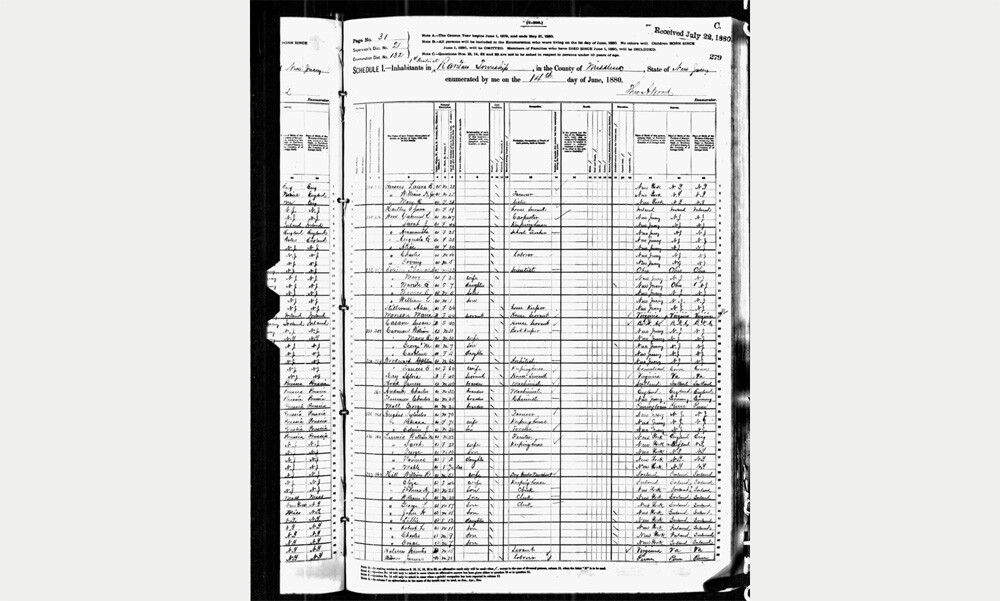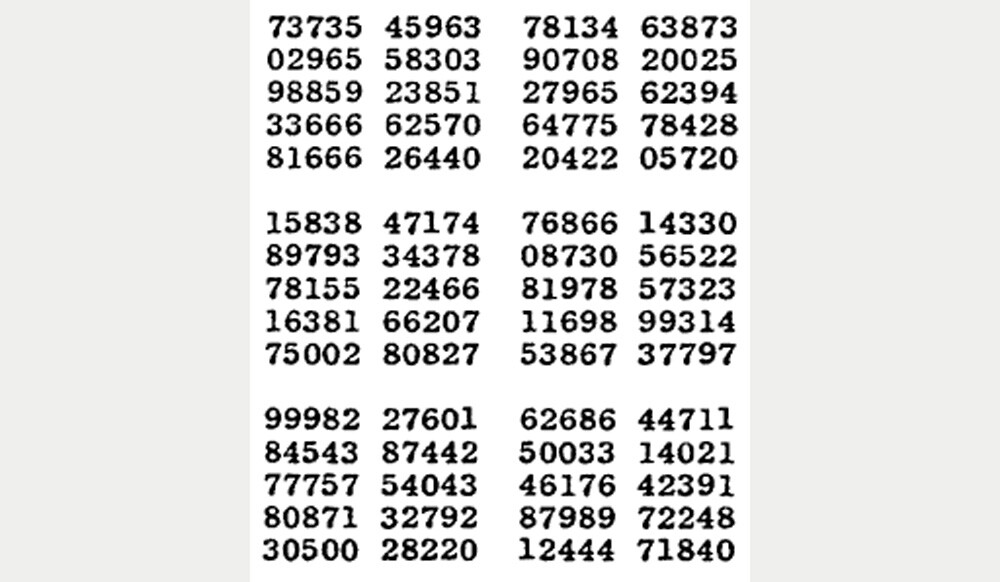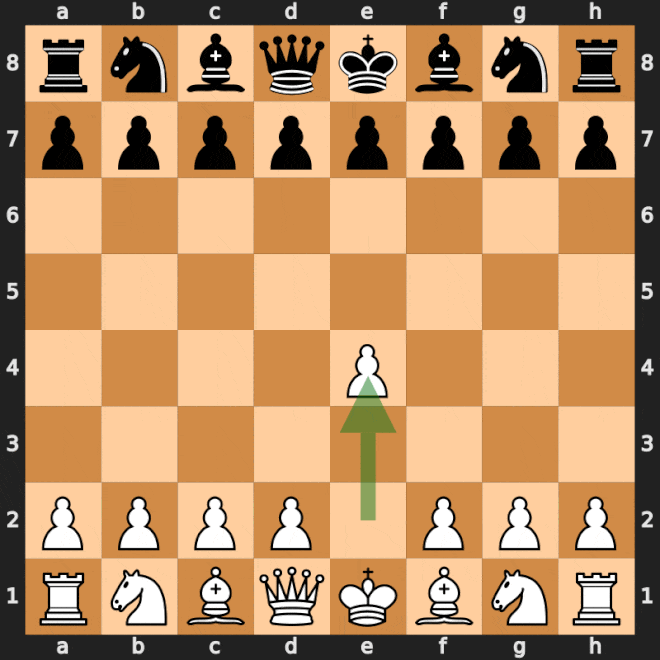Right now, there are video games that can’t run properly unless you have computer parts worth thousands of dollars. But you will live to see computers become much faster. One day, the free computer that manages your shoe temperature will be strong enough to run these games on a screen the size of the Vegas Sphere.
That computer doesn’t exist yet, but we may as well start planning now. For the past 150 years or so, the computers we need have always been stuck a little bit in the future. Leaving us unable to implement such plans as…
The World’s First Weather Algorithm
Scientific weather forecasting isn’t very old. The very word “forecast” didn’t exist till the captain of Charles Darwin’s ship came up with it in the 1860s. At the time, he was just trying to forecast storms, which, of course, was very important for sailors. Predicting tomorrow’s temperature was impossible — other than by saying “today was colder than yesterday, so tomorrow will be colder still,” which wasn’t a very reliable formula.
In 1913, Lewis Fry Richardson came up with a new formula. It, too, was perhaps not terribly reliable, but it took into account more info than anyone had considered before. Richardson was a British mathematician, and he arrived at the Eskdalemuir Magnetic Observatory in Scotland with no particular training in meteorology. But he put together an algorithm that would use existing data to predict what the weather will be six hours from now.
Kevin Rae
There was just one problem. Lacking any kind of automatic computing machine, it took him six weeks to run the algorithm by hand. By the time he finished the calculations, the weather he predicted was no longer six hours in the future but six weeks in the past. Or, it was five weeks, six days and 18 hours in the past, which is still the past.
A decade later, he figured that 60,000 people working in parallel with slide rules might be able to predict the following day’s weather before it came. A few more decades later, he lived to the start of the 1950s, to see the first weather computers manage to do that job.
The First Quantum Computer Program
Quantum computers are strange. They work by opening a parallel universe, so we can visit alternate versions of ourselves and ask them if they know the answer to our queries.

“We both know the answer to that question.”
Okay, that’s not exactly how a quantum computer works. Quantum computing is more about bits existing in two states simultaneously, allowing a processor to calculate stuff much faster. In 1994, a mathematician named Peter Shor came up with an algorithm only quantum computers could chomp. He came up with it even though there were no quantum computers at the time.
Today, we do have quantum computers. They come with flaws, including something called quantum decoherence. Without looking this up in detail, we’re guessing that’s what happens when your parallel universe clone tries to kill you, leading to the collapse of both worlds.
The U.S. Census
America’s first census took nine months to complete. Tabulating the results took five months more, which wasn’t that bad.
By 1880, the country had multiplied in size more than 10 times over. They had more people working on the census now, but the questions were also more extensive, and wrangling it all was more complicated thanks to newly passed privacy laws. Tabulating these results took eight years. By the time they were done, the results were long obsolete, and it was almost time for the next census. This one would probably take a full decade or more to tabulate, suggesting all future censuses would be doomed.

via Wiki Commons
“If only,” people said to themselves, “there were some sort of machine that could read census cards faster.” So, someone went and invented a machine like that. Later, he adapted this machine for other stuff, and he named his company “International Business Machines,” or IBM.
The Search for Randomness
If you want to generate a random number right now, for your own vile purposes, you’ll probably type “generate random numbers” in a search bar and see what comes up. Go back to the 1920s, and they lacked this luxury. Someone who needed a random number (for codes, or stats work) could just make up a number, but that wouldn’t be random, now would it? It would be created by a human mind, using biases that we don’t know about but that definitely exist.
So, back then, people would turn to readymade printed tables filled with random numbers. In 1955, a book titled A Million Random Digits with 100,000 Normal Deviates proved a valuable tool for scientists everywhere.

RAND Corporation
That book was the last of the famous random number tables. After that, people started using computers to generate random numbers, which is ironic, because computers are incapable of generating true random numbers. They can only perform set operations on inputted data — they’re stuck even harder than your brain in that department. And so, computers instead create “pseudorandom” numbers. The operations take so many twists and turns that the result is basically random.
But remember what we mentioned above, where you get random numbers off the internet? This generates numbers more random than any program can make on its own. That’s because that random number website you find might be inputting constantly changing bits of microdata, such as noise in the atmosphere. Perhaps nothing is truly random, and everything is determined from what came before, but this number that has never been generated before is as random as anything gets.
Alan Turing’s Chess Cheat
A few decades ago, a “chess computer” was a dedicated machine, and its ability to beat grandmasters was the stuff of headlines. Today, you can run a program on your own computer much better than those chess machines, and if a chess player’s moves look too similar to the perfect ones generated by this program, that’s how we know they’re cheating.
But the first computer program to beat a human was invented long before those famous chess computers like Deep Blue. It was named Turbochamp, and it was written by Alan Turing in 1948. We’re calling it a “computer program” because it was a list of instructions that a computer could run — if any such computer was at hand. But no such computer existed in 1948, so when Turing used the program against players, he had to carry out the steps manually, with a pen and paper.

He wasn’t playing in a formal chess tournament, but even if he were, they wouldn’t have any rule against using a program. Of course they wouldn’t; no one had ever heard of chess programs back then. Chess tournaments did, however, have rules about how much time players could spend on their moves, and this rendered Turing’s program completely impractical for organized matches. He took half an hour for each move, to complete the math and calculate what to do.
Chess trainers that you can download today (on your own computer, or even on your watch) no doubt put Turbochamp to shame. But let’s not get overconfident. Even our best programs can’t truly determine the objectively correct move to make in chess. Chess offers too many options for any computer to consider them all. “There are more possible moves in chess than atoms in the observable universe,” claims one famous stat.

That stat’s true. It’s unhelpful for understanding how many chess moves there are, though. That’s because none of us can conceive of how many atoms are in the observable universe. It’s also because there are so many more variations in chess than those atoms that the comparison is useless. If we include illegal moves, then you can replace several quintillion quadrillion of those atoms with universes, and count all their atoms, and there would still be more chess moves than those.
Clearly, we need to use quantum computing to solve this. Unfortunately, this will open a portal to Evil Turing, and we will have to slay him.
Follow Ryan Menezes on Twitter for more stuff no one should see.

